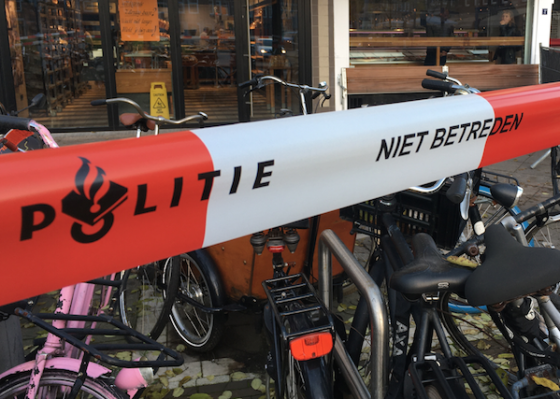Revenge, intimidation often drive gangland killings, researchers say


Gangland killings may often appear to be haphazard and carried out without any regard to others, but that is often deliberate strategy, according to government scientists at the justice ministry’s research and document centre WODC.
The research team studied violent gangland killings over the past few decades, in an update to an earlier report, which was issued in 2017.
They found that organized drugs crime is usually behind gang-related murders, but now say that revenge and intimidation are the primary reason for the killings, rather than conflict between groups. In addition, murder is increasingly used to punish gang members themselves, or to warn others.
For example, the murder of a man involved in a gangland war over drugs while his seven-year-old daughter was sitting next to him in the car, was a deliberate act, the researchers say.
We now know the killers knew the girl would be in the car, researcher Barbra van Gestel told the NRC. ‘We used to think such killings were sloppy and careless, but now we know that intimation also plays a part,’ she told the paper.
The murder of girlfriends, crime reporter Martin Kok and the killing of the brother of a crown witness and his lawyer involved in a major drugs trial, can also be seen in this light, the WODC says.
The agency bases its report on interviews with more than 20 key informers working for both the police and justice ministry as well as encrypted messages between gang members.
What is also notable, said Van Gestel, is that the number of gangland killings is going down. Since 2000 the total has hovered between 20 and 30 a year but in 2019 there were 18 and in 2020 just 10.
Thank you for donating to DutchNews.nl.
We could not provide the Dutch News service, and keep it free of charge, without the generous support of our readers. Your donations allow us to report on issues you tell us matter, and provide you with a summary of the most important Dutch news each day.
Make a donation